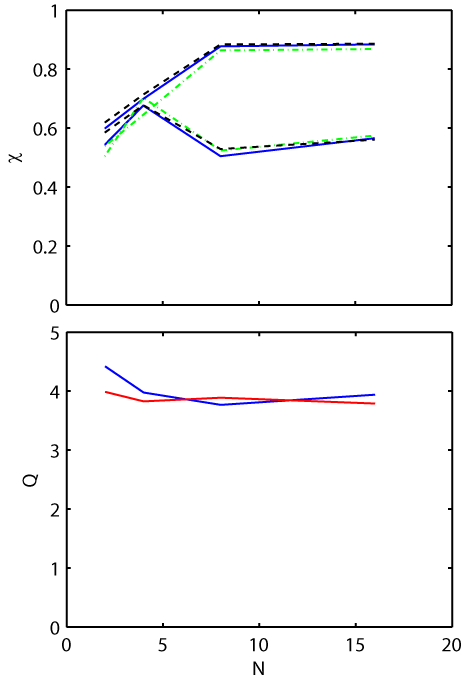
The validation of plasma-turbulence codes plays a fundamental role in the development of magnetically confined fusion, as it is a key step in assessing the maturity of the understanding of the plasma dynamics and the predictive capabilities of simulations. Owing to its detailed diagnostics, possibility of parameter scans, and relatively simple configuration, TORPEX is an ideal testbed to perform experiment/simulation comparisons and to investigate the corresponding methodological framework. A validation project is a four step procedure. First (i), the simulation model needs to be qualified; i.e., it is necessary to establish the applicability of the model hypotheses for the simulated physical phenomenon. Second (ii), verification of the code is necessary, in order to prove that the code solves correctly the model equations. Third (iii), simulation and experiment have to be compared considering a number of physical quantities, common to the experimental measurements and simulation results, and analyzed using the same techniques. These physical quantities, denoted as validation observables, should be identified and organized into a hierarchy. This hierarchy is based on the number of model assumptions and combinations of measurements necessary to obtain the observable; i.e., how stringent each observable is for comparison purposes. Fourth (iv), agreement between simulations and experiments needs to be quantified by using an appropriate composite metric, χ. This χ should combine the results of the comparison of all the observables, taking into account position in the hierarchy and precision. Its purpose is to quantify the overall agreement between experiment and simulation. The metric χ should be complemented by an index, Q, which assesses the quality of the comparison. Practically, Q provides an indication of the number of observables that have been used for the validation and the strength of the constraints they impose. While model qualification and code verification [point (i) and (ii) of the validation guidelines] are now routinely considered in plasma physics and their methodology has been formulated in considerable detail, only recently has the plasma physics community approached a rigorous methodology for establishing the validation observables and the comparison metric. This effort has been carried out in TORPEX where the observables to quantify the agreement between experiments and simulations have been defined in the framework of the Langmuir probes, and where a metric to quantify the agreement between experiments and simulations has been introduced [Riva PPCF 2016] . In the figures above one can see the value of χ used to quantify the agreement between 2D and 3D simulations against the experiments. The results show how the 3D model improves the description of the TORPEX plasma dynamics mostly at large values of N, where N is the number of field line turns in the device. The quality of the comparison, Q, is also plotted.